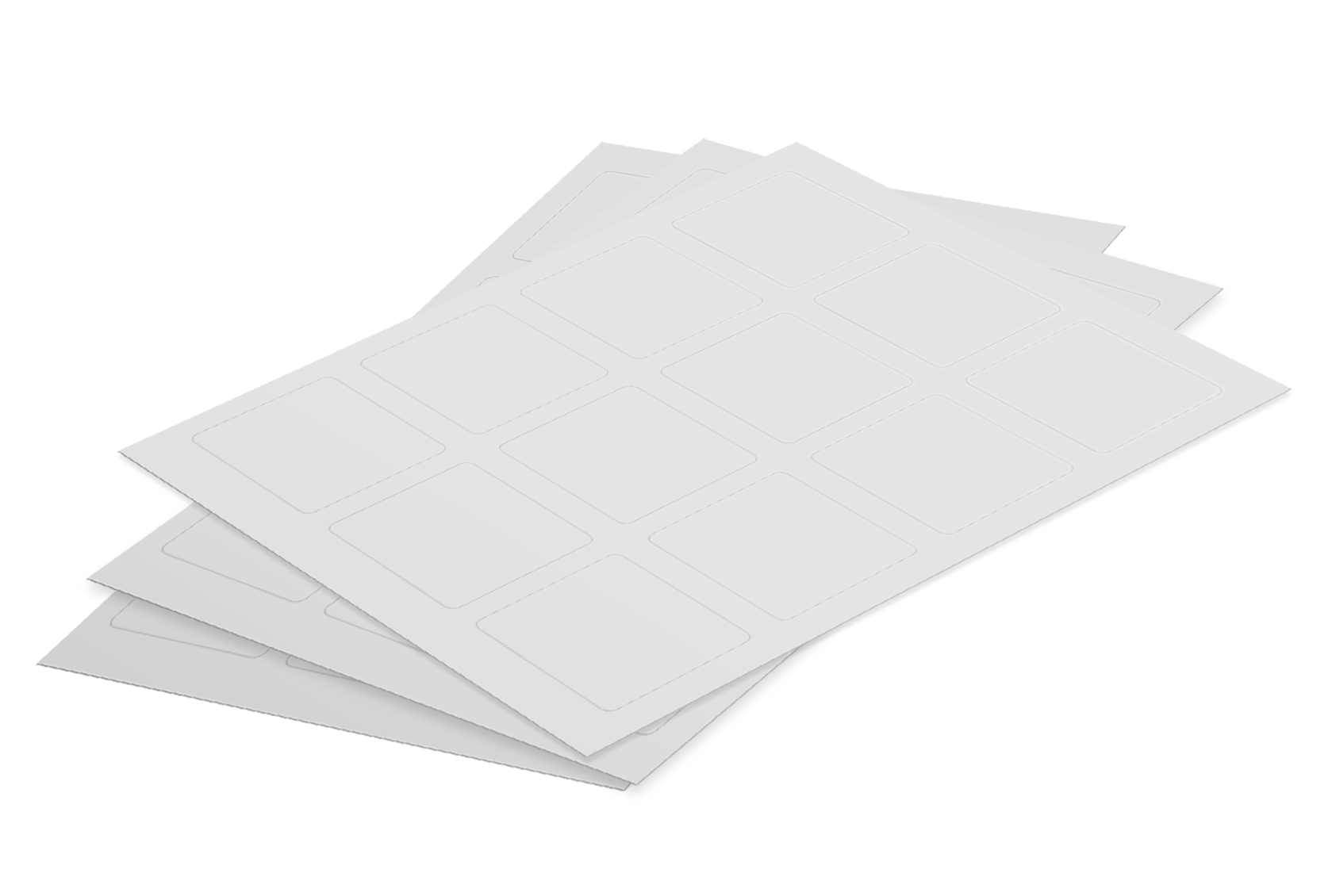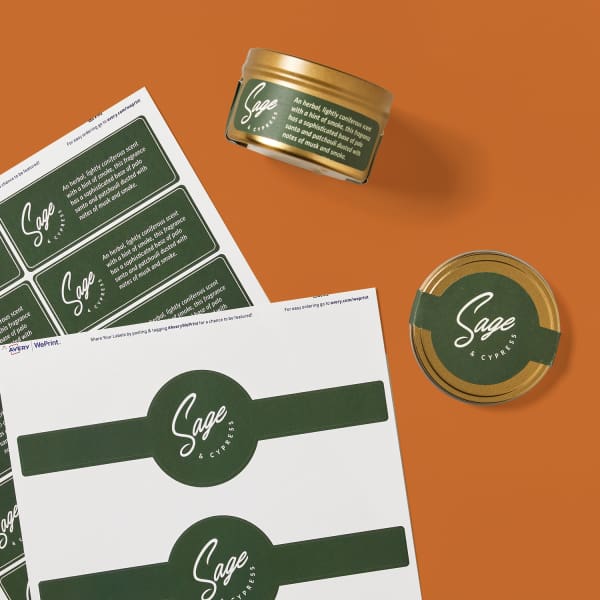Just How Blank Labels Can Simplify Your Company and Personalized Classifying Projects
In today's busy environment, reliable company is essential, and blank labels provide a versatile remedy that can streamline your custom-made labeling jobs. The benefits expand beyond plain ease; recognizing the different methods blank labels can change your procedures is necessary for optimizing their capacity.
Benefits of Using Space Labels
The use of blank tags supplies numerous benefits for organization and efficiency in numerous setups. One substantial advantage is the capacity to personalize tags according to specific requirements, which boosts quality and availability. This modification is specifically valuable in settings such as offices, storage facilities, and homes, where specific recognition of products is essential for smooth procedures.
Furthermore, blank labels can significantly minimize time invested in labeling jobs (Blank Labels). Instead of depending on pre-printed labels that might not properly reflect present supply or job demands, users can swiftly design and print labels as needed. This versatility minimizes waste and promotes a more lasting strategy to labeling
In addition, utilizing blank tags can enhance general company by allowing individuals to classify and prioritize products effectively. This system help in fast access and inventory management, promoting a setting conducive to productivity. Lastly, the cost-effectiveness of empty labels can not be forgotten; they provide an affordable remedy for companies and people alike, guaranteeing that identifying requirements are met without incurring unnecessary costs. In summary, the advantages of making use of empty tags prolong beyond mere convenience, using considerable enhancements in efficiency and company.

Sorts Of Space Labels Available
When discovering the numerous sorts of empty labels offered, it's necessary to think about the diverse materials and formats that cater to different applications. Blank labels can be classified right into several crucial kinds, each designed for particular uses and settings.
Paper labels are widely used because of their cost and adaptability. They are ideal for interior applications, such as filing systems, item labeling, and organization tasks. For outside or high-moisture settings, plastic labels offer durability and resistance to water, making them perfect for classifying containers, exterior equipment, and signage.
One more popular alternative is thermal transfer tags, which work with thermal printers. These labels are suitable for shipping and inventory monitoring, as they offer top notch prints that hold up against wear and tear. In addition, specialized tags, such as those with detachable adhesive or static stick, serve special objectives, enabling short-lived labeling without leaving residue.
Lastly, label sheets and rolls can be found in numerous dimensions and shapes, suiting different printers and applications. Comprehending these types of empty labels enables customers to select the most effective services for their organizational demands, enhancing efficiency and clearness in classifying jobs.
Customization Options for Labels
Tag personalization uses individuals the opportunity to tailor their labeling services to satisfy particular requirements and preferences. This versatility is crucial for boosting organization and guaranteeing that each tag serves its intended objective effectively.
One of the primary personalization choices is the shapes and size of the tags. Users can pick from a range of dimensions to fit different containers, folders, or surfaces. In addition, the product of the label-- such as paper, plastic, or polyester-- can be chosen based upon toughness needs and environmental problems.
Color is another critical aspect of personalization. Customers can choose particular shades to match branding or to develop an aesthetic coding system that helps in fast recognition. Moreover, message and graphic alternatives enable personalized messages, logo designs, or signs, making sure that labels convey the essential details plainly and wonderfully.
Practical Applications for Everyday Usage

In the office, empty labels offer a myriad of functions. Blank labels can also be used for stock administration, allowing read what he said businesses to click for source track stock degrees and simplify ordering procedures.
Educational setups profit considerably from empty labels too. Teachers can use them to categorize classroom materials, producing an orderly atmosphere for learning. Students can label personal things to stop mix-ups, promoting duty and responsibility
Moreover, during events or gatherings, empty tags can aid in arranging name tags, food things, and materials, making sure a seamless experience for guests. Overall, the flexibility of blank tags makes them a vital tool for boosting organization throughout different day-to-day applications.
Tips for Effective Identifying Tasks
Efficient labeling projects require cautious planning and interest to information to maximize their business advantages. Determine what items need labeling and the details info each tag need to communicate.
Following, pick the appropriate label type and material based on the environment and duration of usage. For instance, water resistant labels are optimal for exterior applications, while detachable tags function well for momentary company.
Design your tags with clarity in mind. Blank Labels. Use legible typefaces, contrasting colors, and simple graphics to enhance readability. Uniformity in label dimension and format also contributes to a cohesive look and feel
During the you can check here application phase, make certain surface areas are clean and completely dry to advertise adhesion. Arrange tags logically, organizing similar things together to raise effectiveness.
Lastly, assess the performance of your labeling system periodically. Solicit feedback from customers and make adjustments as needed. By using these methods, you can create a labeling system that not just improves company yet also improves general productivity and accessibility.
Conclusion
